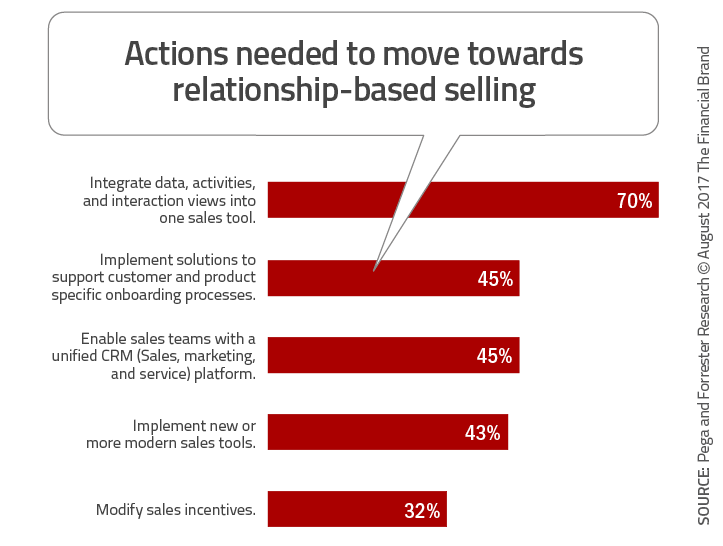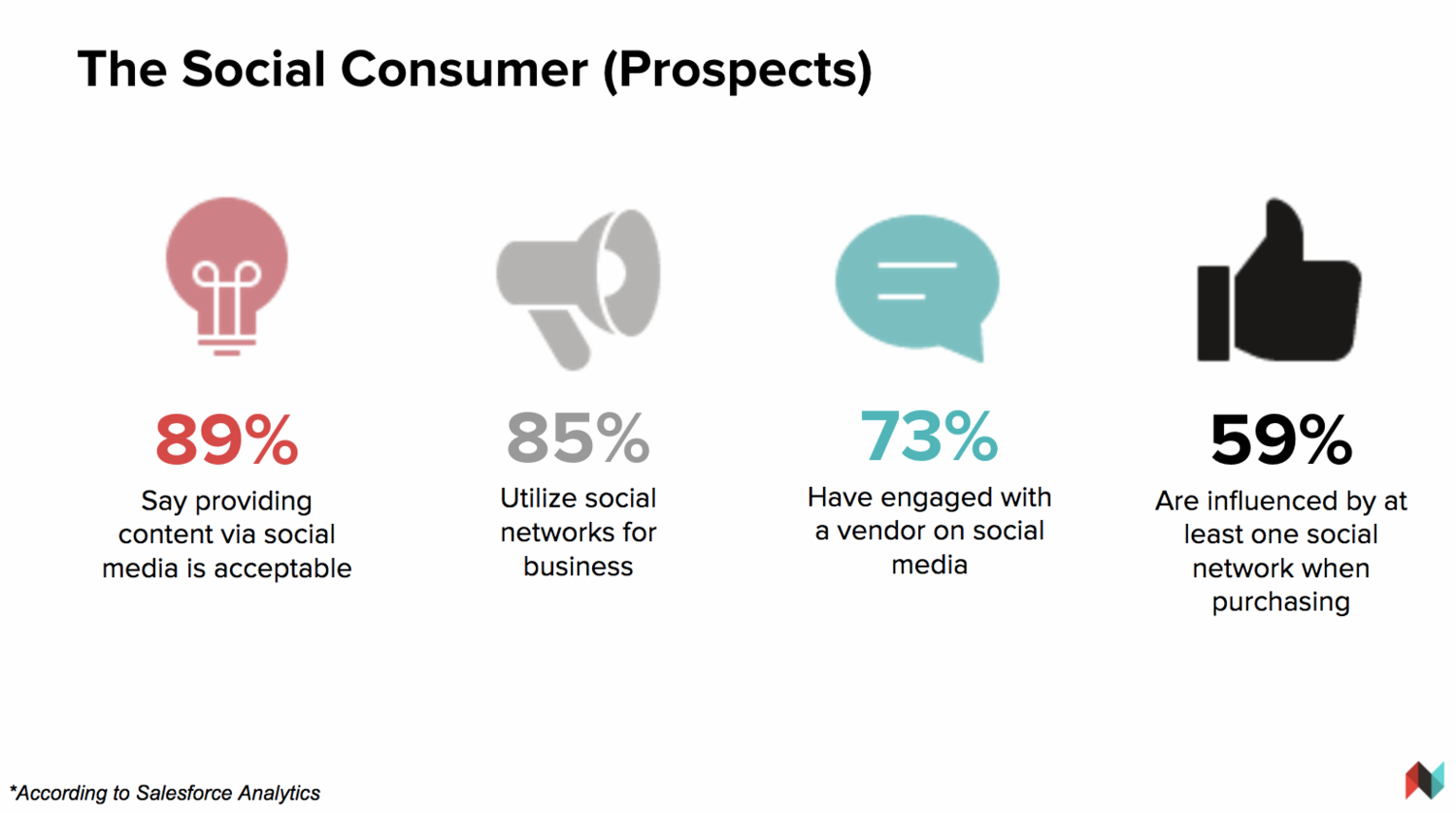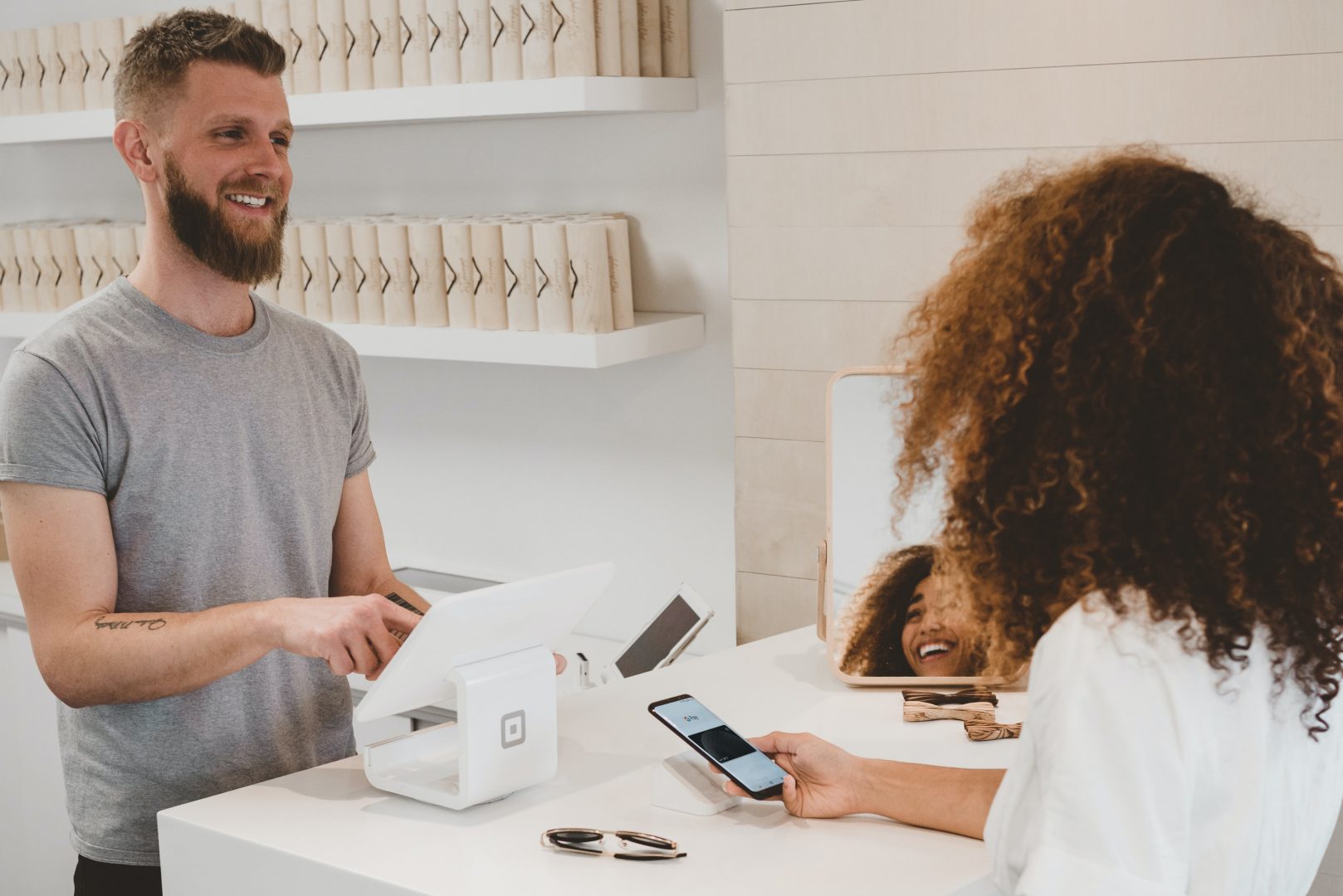Successful businesses thrive on strong customer relationships. These connections help increase the number of sales conversions. Most importantly, the resources used to create a strong customer connection will see a strong return on investment (ROI).
Professional relationships go beyond initial contact points as good sales teams work hard to personalize the customer journey based on individual needs. By cultivating a strong relationship with clients, the likelihood of their repeated patronage increases.
As technology continues to evolve, businesses are constantly competing for attention from prospects in the digital realm. Focusing on relationship-based sales can help boost engagement with your social media, as well as direct your messaging to the correct target audience.
Keep reading, or use the following links, to learn more about how these connections drive customer relationships to a sale:
- The Link Between Customer Connections and Increased Sales
- Ensuring Loyalty Through Customer Experience
- Avoiding a Bad Customer Journey
- Social Media & Customer Connections
The Link Between Customer Connections and Increased Sales
The goal of every sales team is to increase their numbers. There are many tactics out there to see higher conversions, but it is crucial to start at the beginning of the pipeline. Customer connections can happen during the first introduction to a prospect.
Making the most of interactions, even while a prospect is still in the ‘Lead’ stage, can have a huge impact on finalized sales. Before starting the process of making these connections, it is important to understand the driving idea behind this strategy.
Relationship based sales happen when a salesperson prioritizes the interactions and connections with a client to complete a sale. While price and types of services will always be a factor for customers, relationship based sales primarily focus on building customer loyalty.

Utilizing this strategy to foster relationships will help each customer feel more valued by your business. Clients will lean towards loyalty to brands when they are appreciated by the company.
B2B businesses can see a huge benefit from adopting this mindset. Since purchases of these services typically require a higher-level of commitment due to the size, customer loyalty goes a long way.
Personalized outreach is a great starting point for creating strong customer engagement strategies. Customers start their buying journey when they have a problem, so it’s important to segment your marketing for tailored audiences. Once a lead enters your pipeline, allow your salespeople to take time to nurture the prospect and gather insight into their needs.
These customer relationships have many aspects that will require personalization. The more effort your team puts into creating these lasting bonds, the higher your conversions will rise. Starting off with personal interests, encourage your salespeople to get to know their customer contacts.
By knowing their geographical location, personal hobbies, and basic profiles, it will be easier for your sales staff to find similarities to create connections. For example, an easy connecting point between sales and clients could be a similar interest in sports teams or graduation from the same alma mater.
On the other side of things, ensure that your sales team is working hard to listen to the needs of each customer. Find out if your services or products can be tailored to provide the best solution possible. Take time to listen to customer insight before pitching specific packages.
Another crucial aspect to forming lasting customer connections is having continued contact once a sale is finalized. If your product requires training or onboarding, make sure the correct resources and enough support staff are available during this time. Be proactive in your outreach to gather feedback, and listen to any suggestions these customers may have.
Ensuring Loyalty Through Customer Experience
Once you’ve started focusing on the ways to foster strong connections, it is important to make sure these interactions are increasing customer loyalty. The key to this strategy is good customer experience throughout the buying journey.
Before implementing a customer connection strategy, you need to have an understanding of what your current clients think about your services and their experiences. According to Forbes, 80% of businesses believe they excel in customer service, but a mere 8% of customers agree with that statement.
Conducting research and opening the conversation for genuine client feedback can help your team see where improvements can happen. This information is valuable for sales strategies, and these interactions will help your customers feel valued and appreciated. Be sure to incorporate as much of their feedback as possible into your future relationship.
Looking ahead to future customer experiences, it’s important to understand how much each interaction matters in the cultivation of customer loyalty. Forbes asserts that within a day of a poor customer experience, 47% of consumers are willing to take their business to a competitor. Due to the ease of finding other options through a quick web search, there is little room for mistakes during the buying journey.
Speed and efficiency are key elements of a positive customer experience. While B2B sales cycles tend to be longer than B2C due to the nature of service, clients still value quickness. Instead of looking at ways to shorten the sales cycle itself, focus on the ways your communication can be streamlined.
Many people are conditioned to expect answers within seconds due to the availability of instant online search. While having salespeople within reach as soon as every problem occurs may not be possible, there should be resources in place to help customers. Make sure your web forms work, check emails regularly, and don’t be afraid to hop on a call to quickly offer solutions.
Offer loyalty programs or rewards for repeat customers. 73% of customers enrolled in loyalty programs recommend that business to other buyers. By incentivizing current customers, your business will be able to attract new clients as well.
How To Avoid a Bad Customer Journey
Conversion rates will increase when your clients feel they are on a good buying journey. There are a few ways to help avoid negative experiences during the purchasing process.
Start by focusing on the entirety of the process rather than singular pieces. Analyzing the customer journey from beginning to end will help your team pinpoint problem areas. From there, begin tracking customer behavior to identify patterns throughout your target audience.
Personalized messaging, optimized payment options, and convenient sales processes are all ways to engage modern consumers. Clients are online more than ever before, so use the data detailing their actions to your advantage.
Make sure your team is setting realistic conversion rates. Despite all of the great customer service your business provides, not every lead will result in a sale. To have an understanding of the genuine ROI from marketing and sales efforts, reasonable conversion goals are necessary.
Focus on communication while making customer connections. At the end of the day, most clients will appreciate when a business goes above and beyond to listen to their needs. Fostering strong relationships and ensuring quality customer journeys requires time, commitment, and consistent communication.
Social Media & Customer Connections

While it is one of the newer resources in the long line of sales strategies, social media has begun to dominate the playing field. Utilizing these platforms can help accelerate your numbers, and provide valuable insights into consumer behavior.
The top platforms, Facebook, Twitter, LinkedIn, Instagram, and Youtube, will be enough to help provide your business with the tools for successful social selling. Starting off, social media will generate leads and track data for better understanding of customer behavior.
Leadboxer’s platform integrates with your team’s tech stack to access data, generate leads, and provide tools for higher conversion rates. Throughout your email and social media campaigns, Leadboxer is able to uncover data to provide contact information and behavior patterns for potential buyers.
One of the key benefits of social selling is gaining insight and learning about customers to create meaningful connections. By integrating your workflow with technology like the Leadboxer platform, your team will be able to gain a broad understanding of this data.
Generating leads through social platforms helps your salestaff find new prospects for outreach. From the very first interaction, customer connections can begin to take shape. Social media offers vital personal information to help your salespeople find similarities with their contacts.
Using social media as a way to teach about the industry and your products is another great use of the tool. By reaching your target audience with educational information, your business will be able to establish itself as a reliable leader in the industry. This allows prospects to find your product before your team even has a chance to discover them during a search process.
Engagement through social media helps to continue the professional relationship with clients. According to Hootsuite’s Digital Report 2021, 22.7% of internet users are using social media to network and handle work-related research. Continued social media outreach and marketing is crucial for maintaining strong customer connections, with many consumers using the internet to develop business relationships.
To see how social media integrations can help with customer connections, check out LeadBoxer with a free trial.
